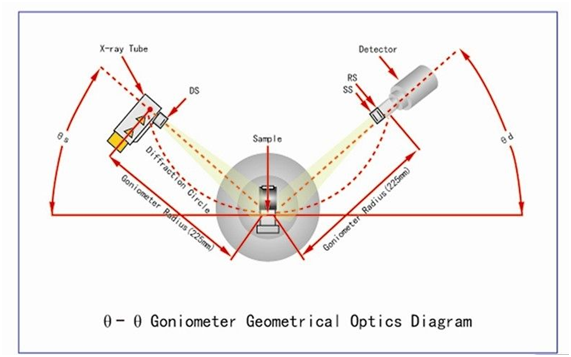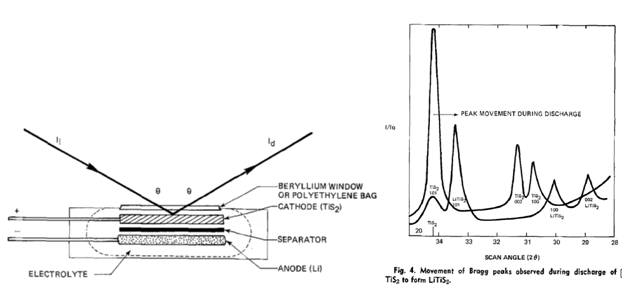
- Home
- >
- News
- >
- IN-suit XRD
- >
IN-suit XRD
2024-03-01 10:00In-situ XRD, also known as In situ X-ray Diffraction, is a technique for making X-ray diffraction measurements during a structure or phase transition. This technology can monitor the dynamic change of the structure of the material under external force in real time.

In situ XRD modes are divided into transmission mode and reflection mode, the most basic difference is based on the provided X-ray diffraction light source. Because the power of the light source provided by the laboratory X-ray diffractometer is generally small, only the mode of reflection can be adopted; If the light source generated by the synchrotron radiation accelerator has a high energy, the transmission mode can be used.
Transmission mode:The transmission mode is mainly X-ray enters from one end of the electrolytic cell, and the diffracted X-ray runs out from the other end of the electrolytic cell, and receives the signal through the detector to obtain the data.

Reflection mode:The reflection mode is mainly X-ray entering from the window of the electrolytic cell, passing through the window to reach the material, diffracted X-ray running out of the same window, and receiving the signal through the detector to get the data. The world's first in situ XRD electrolytic cell is designed using reflection mode.

